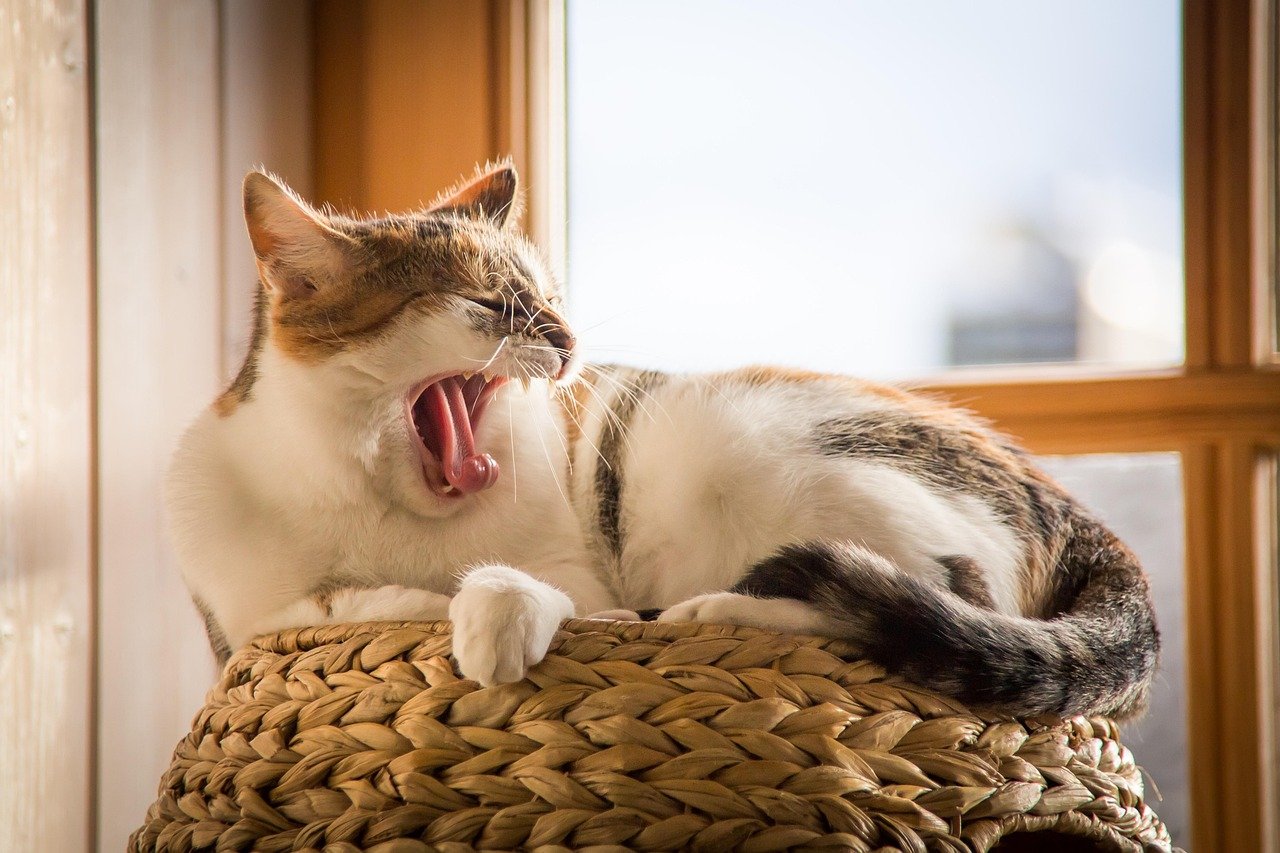Cats are enigmatic creatures, often leaving their human companions puzzled by their behavior. However, their attempts to mend fences after a spat are both endearing and telling. Conflicts may arise from various reasons, such as territorial disputes or misunderstandings, but cats have their unique ways of making peace. Understanding these gestures can foster a deeper bond between you and your feline friend.
Gentle Head Bumps
One of the most affectionate gestures in the feline world is the gentle head bump. When a cat approaches you and softly nudges its head against yours or another cat’s, it’s extending an olive branch. This behavior, known as “bunting”, is a way for cats to share their scent and mark you as part of their group. It’s akin to a human handshake, signaling trust and camaraderie. After a disagreement, if your cat offers you a head bump, it’s their way of saying, “Let’s be friends again.”
Slow Blinks of Affection
Cats communicate a great deal with their eyes, and the slow blink is a universal sign of feline affection. When a cat blinks slowly at you, it’s often described as a ‘cat kiss.’ By closing their eyes in your presence, they are showing vulnerability and trust. After a conflict, if your cat sits across the room and offers a slow blink, they are inviting you to reciprocate and rebuild the trust. It’s a subtle, yet powerful way of reconnecting.
Bringing Gifts
A more surprising reconciliation gesture might be when your cat presents you with a “gift.” This could be a toy, a leaf, or, perhaps less endearingly, a small critter. While it might not be the kind of gift you’d expect, this is your cat’s way of sharing its bounty and showing that it cares. In the feline world, sharing food or toys is an act of generosity and goodwill. It’s their way of saying, “I care about you, and I’m here to make amends.”
Playful Paws
After a spat, you might notice your cat gently pawing at you or another cat. This playful gesture is an invitation to interact. Cats enjoy playing, and it’s a vital part of their social structure. By extending a playful paw, they are trying to lighten the mood and engage in an activity that builds bonds. It’s like a peace offering, encouraging you to join in on the fun and forget about the previous tension.
Curled-Up Cuddles
A cat curling up next to you is a profound sign of trust and affection. After a disagreement, if your feline friend chooses to snuggle close, they are seeking comfort and closeness. Cats are solitary hunters by nature, so choosing to be close to you is a significant gesture. It’s their way of saying, “I feel safe with you,” and it’s an invitation to reciprocate the warmth and affection.
Following You Around
Ever notice your cat trailing behind you after a disagreement? It’s not just curiosity; it’s their way of seeking reassurance. By following you around, your cat is trying to re-establish their presence in your life and remind you that they are a part of your world. This behavior is often accompanied by vocalizations or gentle nudges, showing that they want to be back in your good graces.
Grooming Sessions

Cats often groom themselves meticulously, but when they start grooming you or another cat, it’s a significant gesture of affection. Grooming is a social activity in the feline world, used to establish and maintain bonds. After a conflict, if your cat begins licking your hand or face, they’re trying to soothe any tension and reaffirm your connection. It’s their way of saying, “I care about you, and I want us to be close again.”
Tail Talk

A cat’s tail is remarkably expressive, and it can convey various emotions. When a cat approaches with its tail held high, it’s a sign of confidence and friendliness. If the tail is gently swishing or wrapping around you, it’s a gesture of affection. After a dispute, a high tail is an invitation to reconnect. It’s like a white flag in the cat world, signaling that they are ready to move on and be friends once more.
Vocal Overtures
Cats are not as vocal as dogs, but they do communicate through a variety of sounds. After a conflict, your cat might approach you with gentle meows or purrs. These vocalizations are their way of initiating a conversation and seeking your attention. A soft purr, in particular, is a comforting sound that cats use to express contentment and affection. It’s their way of saying, “Let’s talk it out and make things right.”
Inviting Belly Rubs

For a cat, exposing their belly is the ultimate sign of trust. After a disagreement, if your cat rolls over and shows you their belly, they are extending an olive branch. This vulnerable position indicates that they feel secure in your presence and are ready to let bygones be bygones. While not all cats enjoy belly rubs, the act of showing their belly is an invitation to reconnect and rebuild the bond.
Cats, with their mysterious and independent nature, may not always make their intentions clear. However, by recognizing these gestures of reconciliation, we can bridge the communication gap and foster a loving relationship. Understanding these feline peace offerings allows us to respond with compassion and understanding, ensuring a harmonious coexistence with our whiskered companions.
Hi, I’m Bola, a passionate writer and creative strategist with a knack for crafting compelling content that educates, inspires, and connects. Over the years, I’ve honed my skills across various writing fields, including content creation, copywriting, online course development, and video scriptwriting.
When I’m not at my desk, you’ll find me exploring new ideas, reading books, or brainstorming creative ways to solve challenges. I believe that words have the power to transform, and I’m here to help you leverage that power for success.
Thanks for stopping by, Keep coming to this website to checkout new articles form me. You’d always love it!






